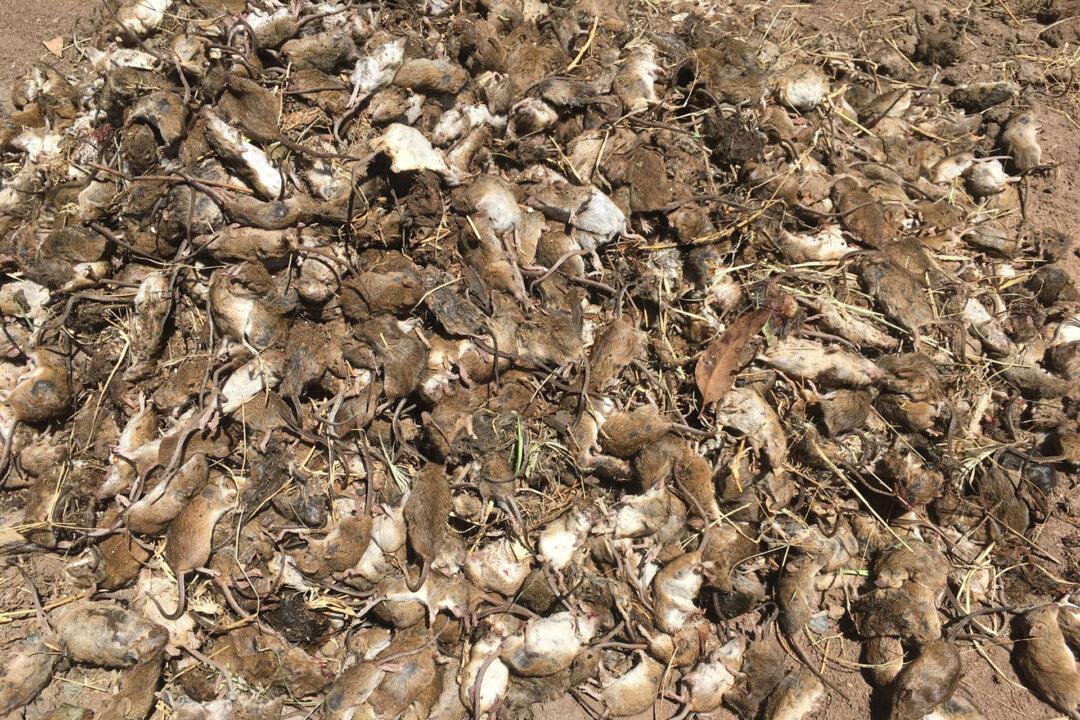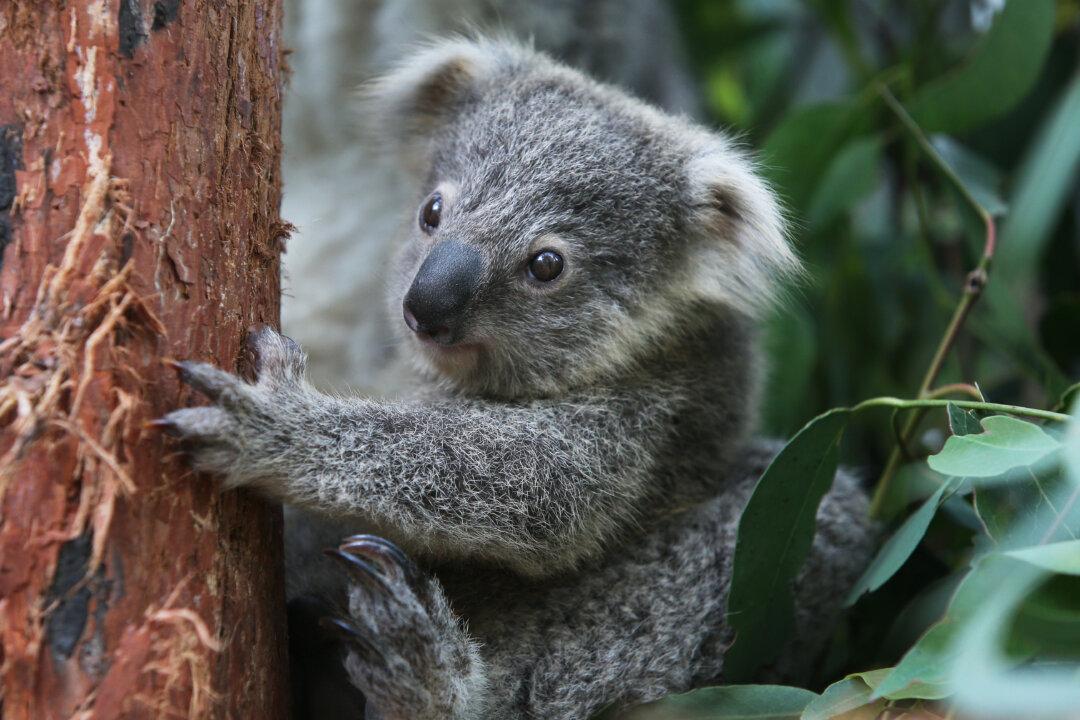As western New South Wales (NSW) deals with a devastating mouse plague, the government is investing in breakthrough genetic biocontrol research that could transform pest management in Australia.
Agriculture Minister Adam Marshall said the NSW government would provide $1.8 million to the project to fast-track the delivery of next-generation ‘gene drive’ technology to control future plagues.





